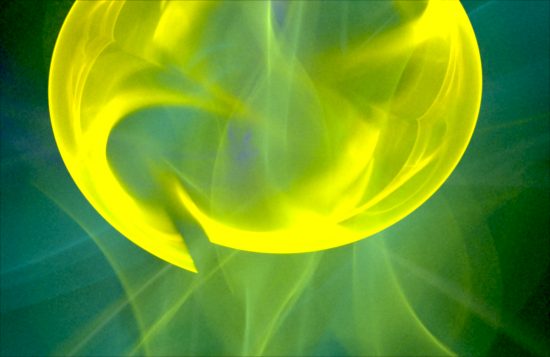
Jun 13, 2019
Objects spinning faster than a dentist’s drill?
According to a recent press release, another “millisecond pulsar” was discovered by a team from NASA’s Goddard Spaceflight Center. Pulsars are often referred to as “lighthouses in space”, with beams of radiation focused at specific points.
Since conventional astrophysicists are limited to rotational mechanisms, they believe a pulsar’s spin is what brings its light into alignment with telescopes on Earth. However, the rotation rates of some pulsars are clocked at millisecond speeds, such as J17062. Astronomers detected X-ray pulses at 163 Hertz intervals. Those “blinks” are thought to reveal areas of high temperature around the star’s magnetic poles, allowing researchers to clock J17062’s rotation to about 9800 RPM.
Nothing can withstand the forces created by that spin rate, so a hypothetical “neutron star” is thought able to withstand the rotational velocity. It must be stressed that evidence for the existence of neutron stars is indirect; no neutron star has ever been observed.
As the standard theory goes, when a massive star goes supernova, its core collapses into a black hole or a neutron star, which is small and superdense — around the size of a city but containing more mass than the Sun. Neutron stars are said to be so hot that the light they radiate passes red-hot, white-hot, UV-hot and enters the X-ray portion of the electromagnetic spectrum. A pulsar is conventionally claimed to be a rapidly spinning neutron star.
Plasma physicists Anthony Peratt and Kevin Healy noted that:
“Because of the stability of the pulse period, Thomas Gold concluded that pulsars must be highly magnetized, rapidly rotating neutron stars. This model of a pulsar’s emission qualitatively describes it as high energy plasma beams emitted from the poles of a spinning neutron star and accelerating along the star’s dipole magnetic field, emitting curvature radiation as [it] pulses towards the observer…most new observations have been able to be described in terms of the standard, search-light model.”
Past Picture of the Day articles take issue with the entire concept of neutron stars. The Electric Star theory sees them as no more “real” than other gravitational monsters, like black holes. Deficits in gravity-only cosmology made the neutron star hypothesis necessary because gravity is all that is available in the consensus lexicon.
In an Electric Universe, it is a star’s capacitive, resistive, and inductive electrical environment that generates oscillations. Intense magnetic fields pulsing in fractions of a second are what astronomers observe. Since magnetic fields are induced by the movement of electric charge, there must be an electric field generating the magnetic fields in a pulsar. The feeder current must also be part of a circuit, since persistent electric current must move through a completed circuit.
Pulsars are resonant effects in electric circuits. “Double layer detonation” is responsible for their energetic outbursts. Their outbursts begin with a sudden peak of energy, then gradually decline, like a lightning bolt, another example of double layer detonation.
As electric current moves through dusty plasma, it concentrates forces because of the Biot-Savart effect, drawing itself together and forming helical zones of immense compression known as “z-pinches” or “Bennett pinches.” Depending on how much electricity is flowing through the circuit, a star’s magnetic field can become extremely powerful. It seems more likely that pulsars are a concentration of electricity focused by some kind of “plasma gun” effect.
Stephen Smith












